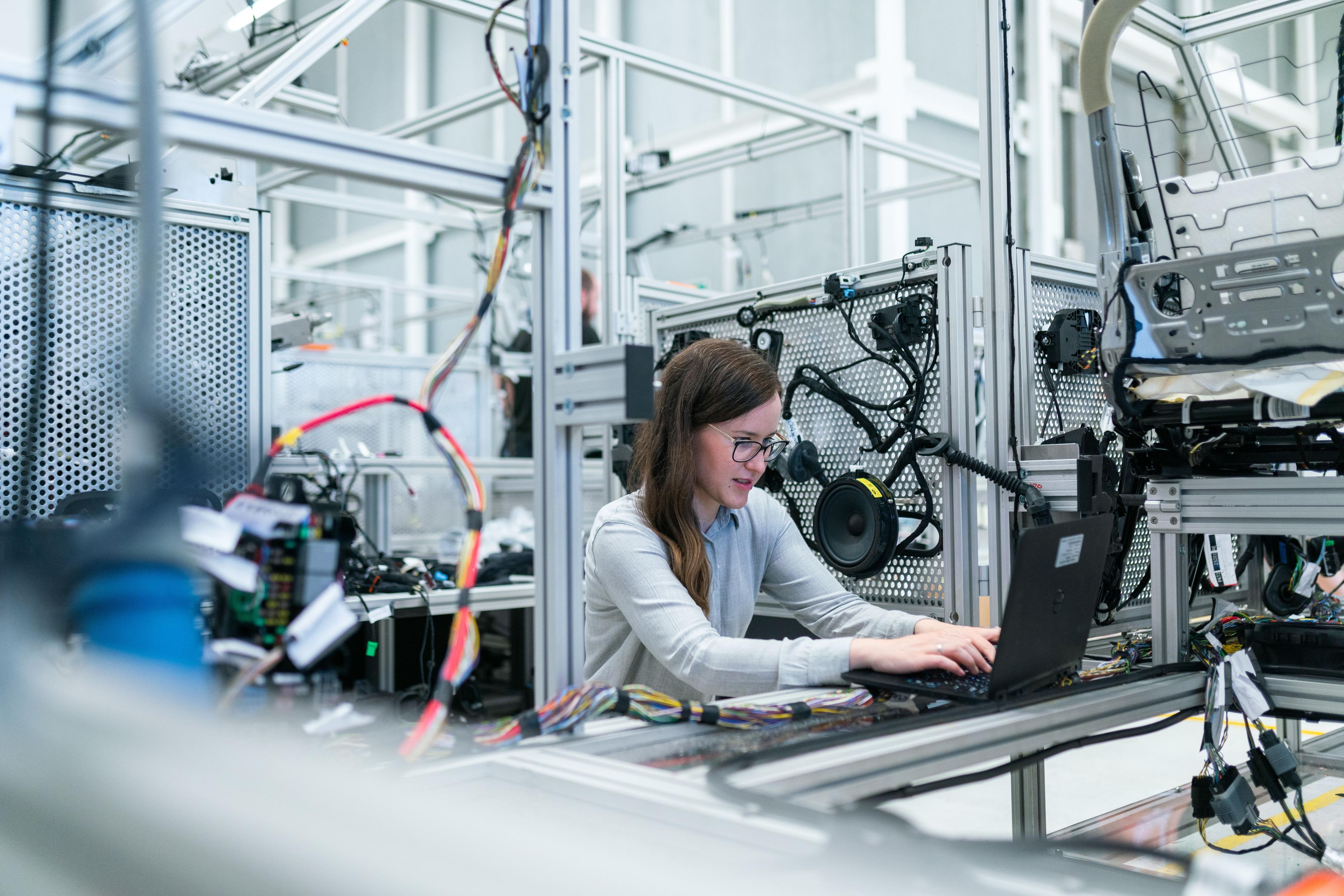
AI Human Capital Investment Index
23.07.2023 - 10:40
Mandala's new AI Human Capital Investment Index measures how companies are investing in hiring workers with AI-related skills.
Measuring investment in AI skills
Mandala used data from job ads to construct an AI Human Capital Investment Index, a measure of how intensely companies invest in hiring workers with AI-related skills.

There was a 5x investment growth in human capital investment between 2017 and 2021
Companies have been steadily increasing their investment in AI skills over time. Between 2017 and late-2021, the index in Australia grew by 5 times. This investment fell in 2022 during the global technology downturn as many companies froze hiring but it’s started to accelerate again as we’ve seen new investments in generative AI and other applications.

Human capital Investment was dominated by universities and has flowed to services
As AI technology matured and its applications proliferated, investment in AI skills is flowing across the economy. Current investment is dominated by professional and financial services companies with some contributions from mining, logistics, manufacturing, and healthcare. There is opportunity to identify sectors that would benefit from the productivity gains provided by AI technology.

Human capital investment is geographically concentrated in NSW and Victoria
Organisations in NSW and Victoria contributed 76% of Australia’s total investment in AI skills. Encouraging investment across the country will ensure that productivity gains and benefits from AI technology are more evenly spread.
Read our latest posts

Optimising Australia’s Specialist Investment Vehicles for the Net Zero Journey
Mandala, in partnership with IGCC, explores how Australia’s Specialist Investment Vehicles (SIVs) are deploying public capital to accelerate the net zero transition. The report examines the current funding landscape, identifies structural challenges that limit the effectiveness of public investment, and sets out a pathway to evolve the SIV system into a more coordinated, capital-led model aligned with national priorities.
10 Dec, 2025

$160 billion and counting: The cost of Commonwealth regulatory complexity
Our latest research for the Australian Institute of Company Directors (AICD) reveals Australia’s growing regulatory burden. The cost to businesses of complying with federal regulation has risen to $160 billion (5.8 per cent of GDP), up from $65 billion (4.2 per cent of GDP) in 2013. More complex laws are contributing to the increase in costs and redirecting business resources away from growth and innovation. Board time on compliance has doubled from 24 percent to 55 percent in 10 years, while the external legal spend now sits at $16bn up from $6bn in 2010. While the UK, EU, Canada, New Zealand and US are simplifying regulation to drive growth, Australia risks falling further behind without taking immediate policy action.
2 Dec, 2025

Data Centres as Enabling Infrastructure
Mandala’s latest research, commissioned for Data Centres Australia by AirTrunk, Amazon Web Services, CDC Data Centres and NEXTDC, shows that data centres are key drivers of economic growth, renewable energy investment, and sustainable water solutions. The report finds that data centres use relatively modest amounts of energy and water while generating significant economic value, investing in power and water infrastructure that benefits communities, and helping to accelerate Australia’s clean energy transition.
25 Nov, 2025

Attracting international capital
International investment has powered Australia's property sector, with international investors providing $1 in every $3 of institutional property investment over the past ten years. Yet in recent years, Victoria and Queensland have introduced additional taxes on these investors. This report examines a critical question: are these taxes deterring the investment Australia needs to build cities, create jobs, and support economic growth? Commissioned by the Property Council of Australia, the analysis reveals that Victoria has seen global institutional investment plummet by 53% since 2022, coinciding with rising tax rates. Queensland shows similar stagnation despite strong economic conditions. Through economic modelling and case studies of stalled projects - from student accommodation to industrial estates - the report quantifies what removing these surcharges could mean for Australia's economic future and competitiveness in attracting international capital.
24 Nov, 2025